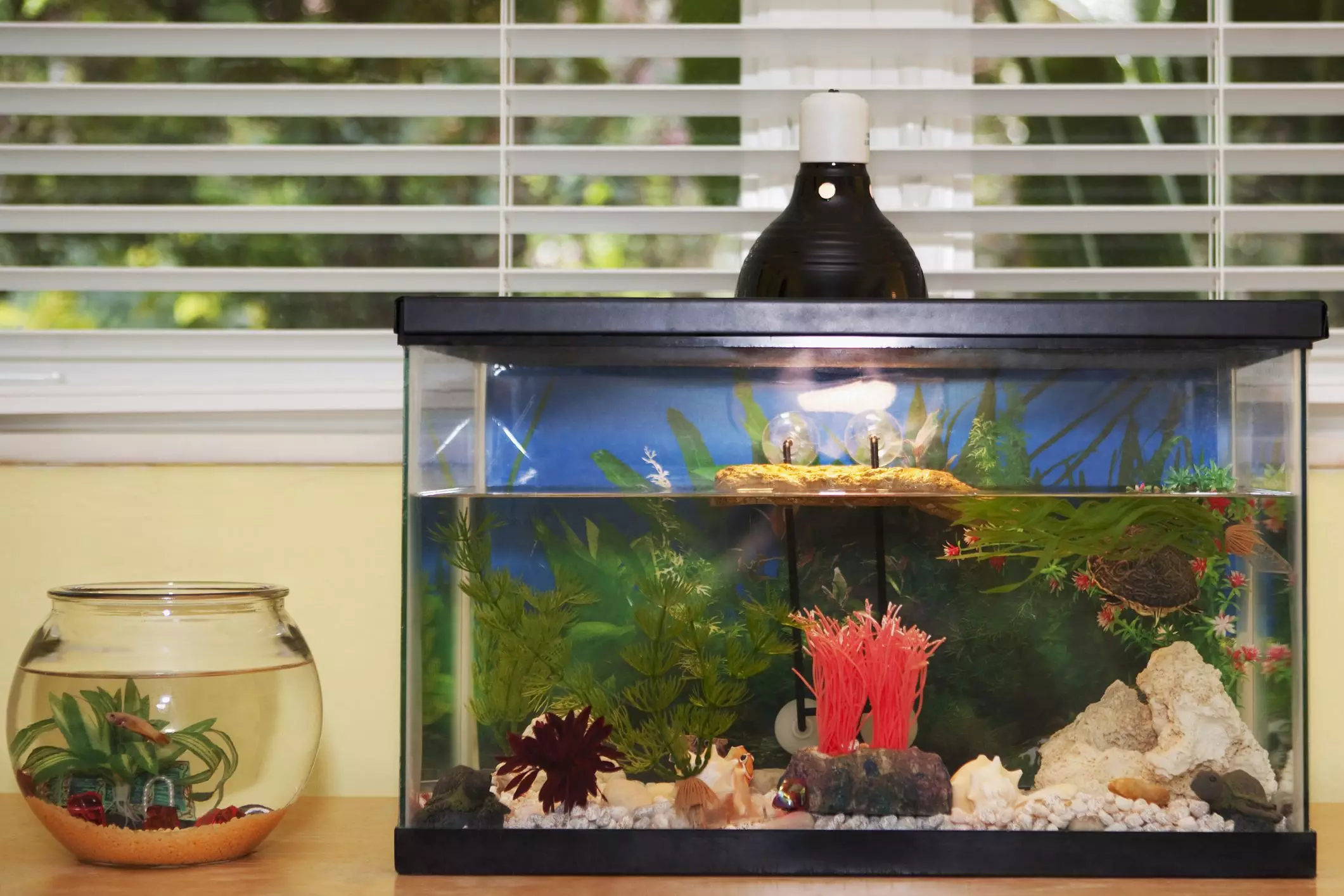Many enthusiastic aquarium owners contemplate transitioning their freshwater setups into stunning saltwater tanks. Often, though, misconceptions about costs, equipment differences, and complexity deter them from taking the plunge. The reality is that if you already maintain a functioning freshwater aquarium, you likely own most of the necessary gear for a successful conversion. This article will guide you through the essential considerations and components required to turn your freshwater aquarium into a remarkable saltwater habitat.
When initiating a transition to a saltwater aquarium, the first step is to evaluate your existing equipment. An aquarium that holds water without leaks—whether it is glass or acrylic—can be a great starting point. However, size matters significantly in the realm of saltwater aquariums. Generally, larger tanks provide more stability, as they have greater water volume to absorb fluctuations in water quality. Smaller tanks, particularly those under ten gallons, can spiral into issues more rapidly due to limited buffering capacity from water chemistry changes.
It’s crucial to recognize that stocking density differs substantially between freshwater and saltwater tanks. The common guideline for freshwater aquariums is to house an inch of fish per gallon of water. In contrast, the guideline for saltwater tanks is far more conservative, permitting only one inch of fish for every five gallons of water. This fundamental shift in stocking strategies is vital for maintaining a healthy marine ecosystem.
Aquascaping your saltwater aquarium will also require a change in substrate. While freshwater tanks typically use gravel, saltwater environments benefit more from sand or crushed coral. These materials not only allow for a more natural appearance but also serve critical functions in biological filtration by providing a habitat for beneficial critters such as sand-sifting fish and invertebrates. Additionally, crushed coral releases calcium, which is essential for maintaining water quality.
Choosing the right substrate contributes to the health of marine lives, making it an important consideration in your transition.
The filtration system in your aquarium will need a serious upgrade to meet the demands of saltwater organisms. Saltwater creatures require higher water quality compared to their freshwater counterparts, necessitating a more robust filtration setup. If you currently utilize a hang-on-back filter, doubling up by adding another unit could effectively increase your filtration capacity and address the unique biological needs of a saltwater environment.
Moreover, live rock plays a pivotal role in biological filtration, so consider incorporating this natural filtering system into your tank. While canister filters can also be advantageous due to their adjustable media options, under-gravel filters are often seen as antiquated due to maintenance issues and potential nitrate buildup.
Correct lighting is essential for both the aesthetic appeal of your aquarium and the health of its inhabitants. Freshwater aquariums often use standard fluorescent bulbs, which may suffice for fish-only saltwater setups. However, if you aim to develop a reef tank rich in corals and more demanding invertebrates, a significant upgrade will be necessary.
LED lighting options have evolved to become both efficient and cost-effective, providing the necessary spectrum for reef ecosystems without excessive power consumption. Nevertheless, be cautious of your tank’s hood material, as it may not withstand the corrosive nature of saltwater. Research suitable lighting options before making any purchases, as many aquarium retailers may lack comprehensive knowledge about the specific needs for reef systems.
Transitioning to a saltwater aquarium requires some additional equipment, including sea salt for creating a marine environment, a hydrometer for salinity measurement, and water testing kits to monitor your tank’s health. While decorations from your freshwater setup may not translate well into a saltwater ecosystem, incorporating appropriate decorative rocks and synthetic coral can enhance the visual dynamics of your aquarium. However, be wary of adding plastic plants or ornaments; these can harm curious marine fish by causing digestive obstructions.
Saltwater aquariums thrive on naturalistic settings that mirror the ocean’s beauty rather than relying on outdated castle or treasure chest designs.
In sum, while transitioning from a freshwater to a saltwater aquarium involves a few new challenges and adjustments, it is a manageable and rewarding endeavor. By retaining some of your existing equipment and focusing on critical upgrades such as filtration, lighting, and substrate, you can create a thriving marine habitat. With careful planning, attention to detail, and a willingness to learn, you can enjoy the stunning array of life that a saltwater aquarium offers.


Leave a Reply